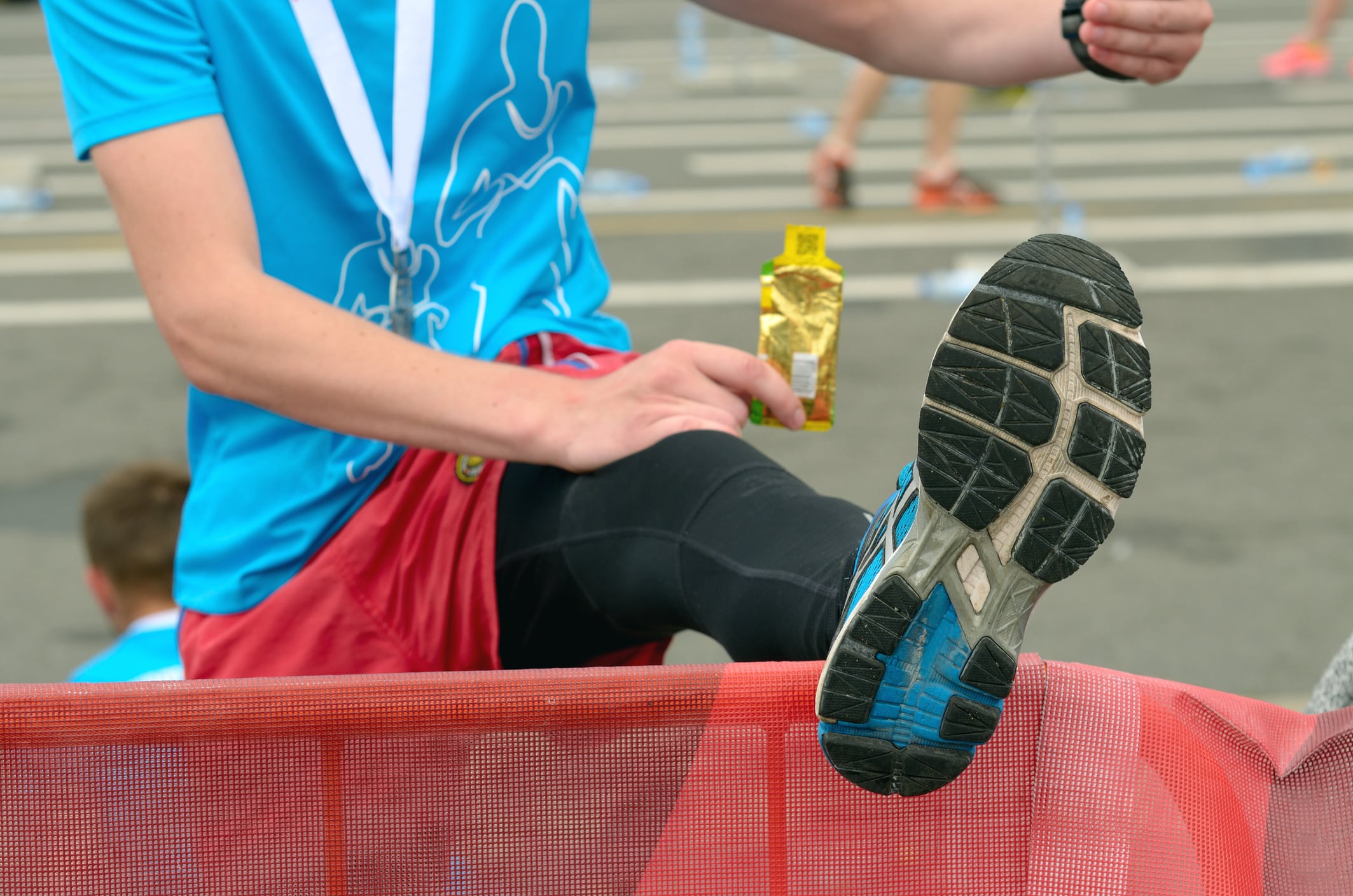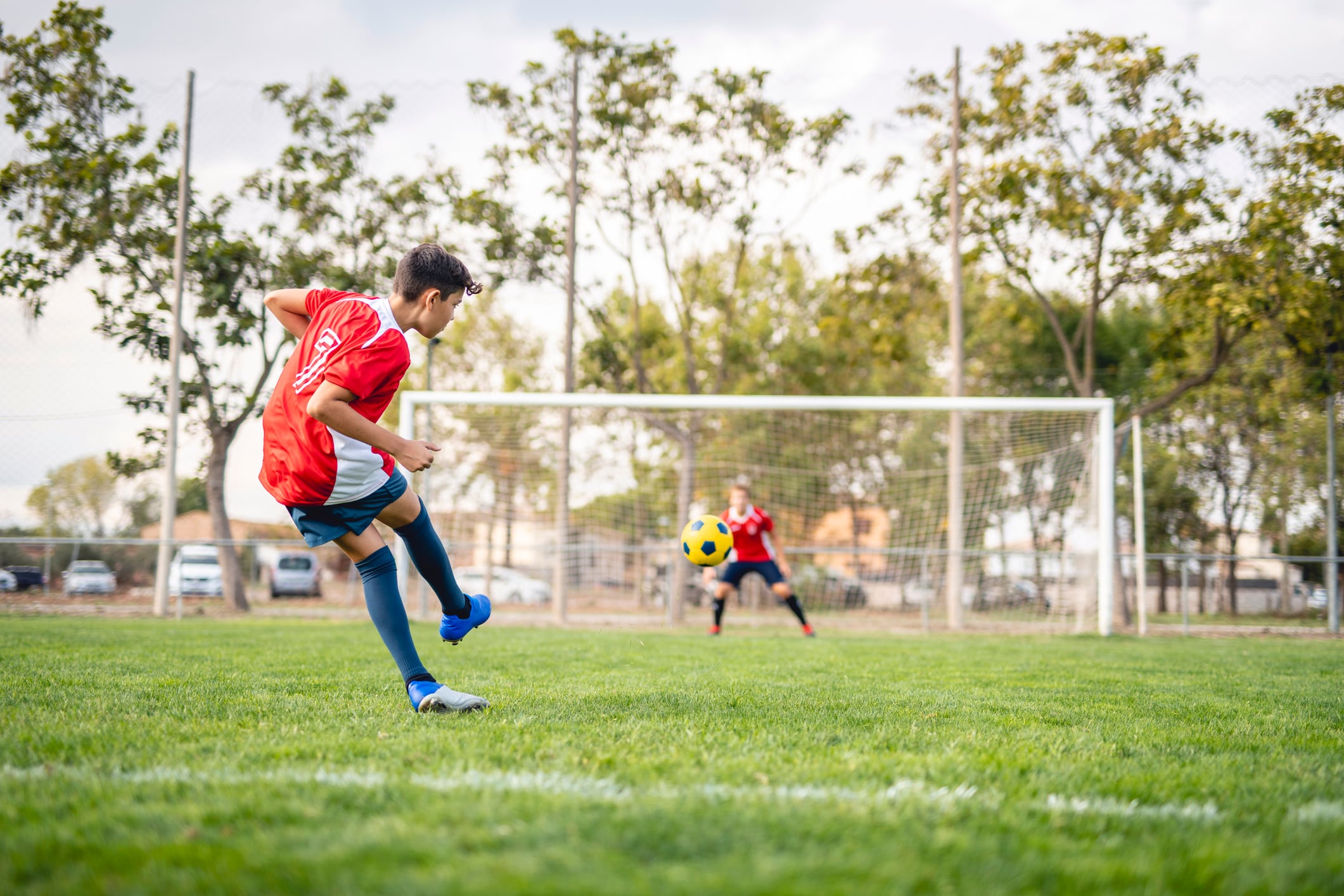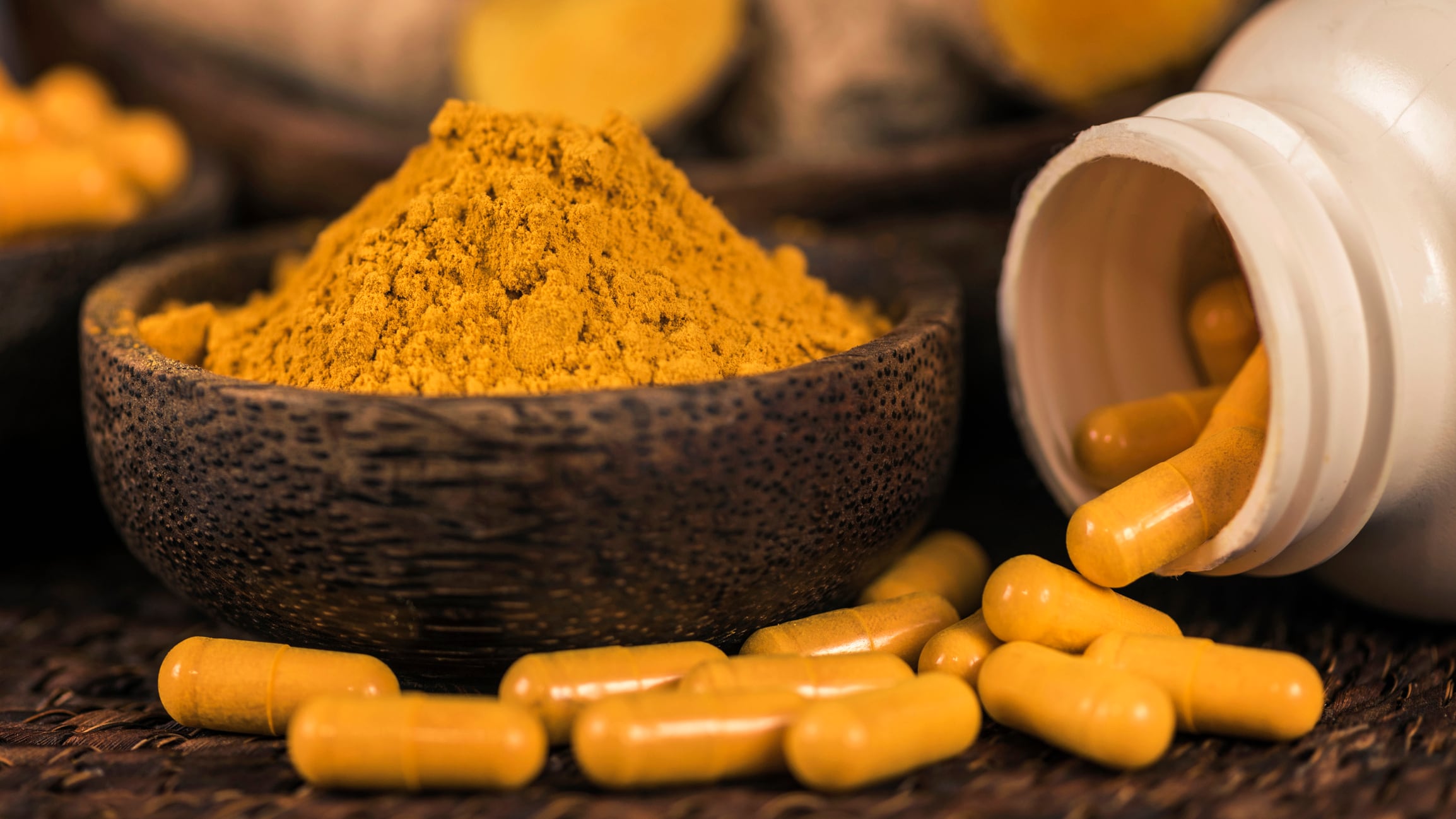However, the higher dose was also associated with “markedly delayed recovery” compared to the lower dose in a muscle endurance test on 34 males.
“Given the LOW dose of curcumin did not impair muscle recovery in the present study, it is possible that an “inverted U” dose relationship exists whereby high doses above a certain threshold may actually impair recovery compared to placebo,” wrote researchers at St. Mary’s University and other institutions in the UK.
Natural approaches to sports recovery
Exercise-induced muscle damage (EIMD) and delayed onset muscle soreness (DOMS) can occur after high-intensity physical exercise. Mechanical loading may overstretch muscle fibers, leading to inflammation and the production of reactive oxygen species (ROS). Although the production of ROS is essential for exercise adaptation, it may slow down recovery, affect short-term athletic performance and increase the risk of injury.
Nonsteroidal anti-inflammatory drugs (NSAIDs) can help address DOMS, but using them long-term may be unsuited for exercise adaptation as they can affect key inflammation pathways. As alternative to NSAIDs, researchers have investigated natural polyphenol supplements such as curcumin due to their anti-inflammatory properties.
However, curcumin may have poor bioavailability and absorption, so hydrolyzed (liposomal) curcumin may be a more effective alternative for supporting sports recovery.
Study details
The study randomly assigned 34 recreationally active males to take 750 mg or 1,500 mg of hydrolyzed curcumin supplied by Zooki in Lancashire, UK, or placebo over seven days, starting two days before EIMD.
The EIMD consisted of repetitions on the leg press at 110% of one-repetition maximum.
The researchers assessed oxidative stress and inflammation prior to and 24, 48 and 72 hours after EIMD, using blood markers, measures of pain and a muscle endurance test.
They reported that the higher-dosage group showed significantly greater reductions in pain, creatine kinase, the Free Oxygen Radical Test and interleukin-6 but slower muscle endurance recovery at 24 hours compared to the lower-dosage group.
“Findings suggest a dose–response effect, with higher curcumin doses improving biochemical recovery but potentially impairing performance recovery,” they wrote.
The researchers noted that the severity of the EIMD may have been too extreme for the supplement to show discernible effects across some of the inflammatory markers. Additionally, prior research has shown that diets high in fruits and vegetables correlate with lower inflammatory markers and may have affected some of the results.
The study called for further research to answer some of these questions and determine if the findings represent “a singular occurrence or a consistent pattern.”
Source: Physiological Reports. Vol. 13, Issue 15, e70504. doi: 10.14814/phy2.70504. “The dose–response effects of hydrolyzed curcumin on recovery, inflammation, and oxidative stress following exercise-induced muscle damage in males”. Authors: T. A. Helder, et al.



